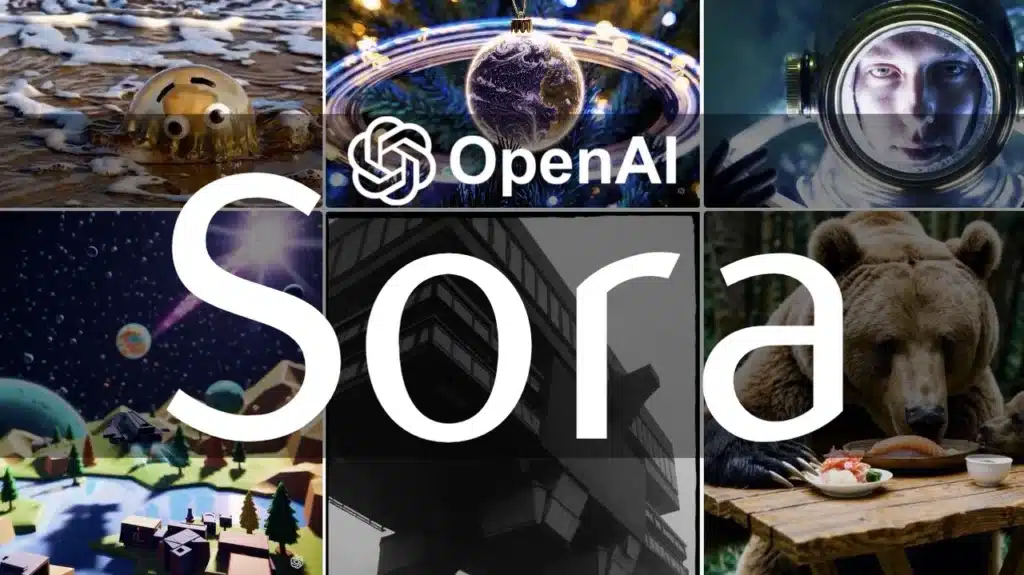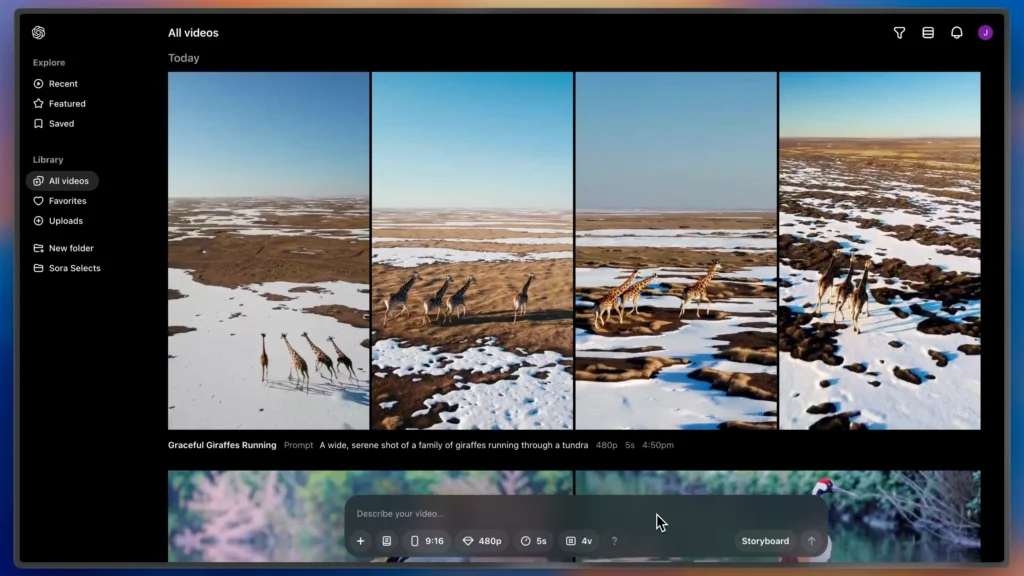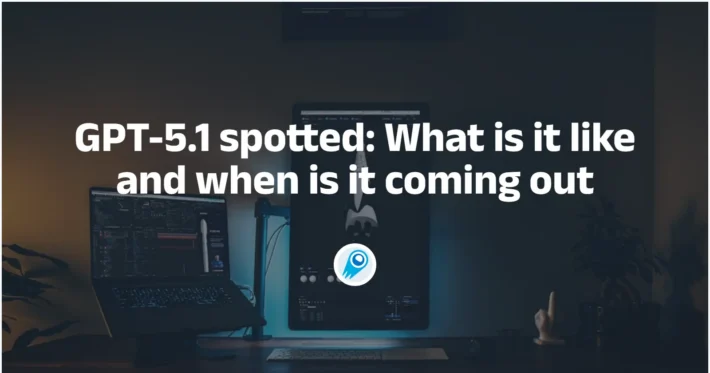Is Sora Available to the Public

Sora, OpenAI’s groundbreaking text-to-video model, has captured global attention since its debut in early 2024. Originally introduced as a research preview, the technology promised unprecedented capabilities—generating high-definition videos purely from text prompts. Over time, it moved from closed testing to broader access, sparking questions about who can use it, where it’s available, and what its public release means for creators, regulators, and society at large. This article synthesizes the latest news and official sources to answer one central question: is Sora available to the public?
Sora combines diffusion-based video generation with transformer architectures to produce coherent, dynamic visuals from text and visual prompts. As interest surged following initial demos, OpenAI adopted a phased rollout, first engaging experts and internal teams before opening access to paid subscribers. Today, it is accessible to millions—but only under specific conditions and subscription tiers.
What is OpenAI’s Sora and how does it work?
Core technology behind Sora
Sora is built upon diffusion models and transformer architectures similar to those powering DALL·E and GPT. Unlike image-only generation, Sora models videos as sequences of “patch” tokens—analogous to image tokens—allowing it to maintain consistency across frames and handle complex motion and multiple characters . By unifying image and video representations, it can generate up to one-minute segments, extend existing clips, and blend or remix user-provided assets .
Training and safety measures
To ensure responsible deployment, OpenAI invited domain experts (“red teamers”) to adversarially test Sora, focusing on misinformation, bias, and harmful content. Alongside this, OpenAI is developing classifiers to detect AI-generated videos and plans to embed C2PA metadata to trace content provenance . These steps mirror practices used for DALL·E 3, leveraging robust image and text classifiers to screen prompts and outputs for policy violations.
Who has access to Sora and through which channels?
Subscription plans enabling Sora
OpenAI bundles Sora within its ChatGPT ecosystem: it is included at no extra cost for ChatGPT Plus and Pro subscribers. ChatGPT Plus users pay $20/month for up to 10‑second, 720p videos and unlimited image generations, while Pro subscribers ($200/month) gain faster queues, 20‑second clips at 1080p, concurrent jobs, and watermark-free downloads . Team subscriptions also include Sora under the consumer Terms of Use, though usage is subject to the same guardrails.
Free tier and enterprise exclusions
As of July 2025, Sora remains unavailable on the free ChatGPT tier. Neither ChatGPT Enterprise nor Education accounts include Sora access, reflecting OpenAI’s focus on individual and small-team creators rather than large institutions at this stage . Users under 18 are also ineligible, a measure intended to mitigate potential misuse among younger audiences .
Regional availability and recent expansions
At launch in December 2024, Sora was accessible to users worldwide except in the United Kingdom, Switzerland, and the European Economic Area (EEA) due to regulatory alignment processes . However, as of late February 2025, OpenAI extended Sora into the UK and broader European markets, responding to demand from digital artists and advertising startups despite lingering copyright debates . This marks the completion of Sora’s initial global rollout.

Is Sora now available to the public?
Integration within ChatGPT
Beyond accessing Sora through a standalone interface at sora.com, OpenAI announced plans to integrate its video-generation capabilities directly into the ChatGPT chatbot. As of February 2025, users can prompt ChatGPT to generate Sora videos inline, simplifying workflows and blending conversational AI with multimedia creation.
Free access via Bing Video Creator
In April 2025, Microsoft began leveraging its core model within its Bing mobile app under the “Bing Video Creator” feature. Users worldwide—excluding China and Russia—can generate short five-second vertical videos free of charge, albeit with quality and speed trade-offs compared to the native Sora interface. Standard generations are free, while “fast” generations require Microsoft Rewards points after ten complimentary uses . This move underscores an industry trend toward democratizing AI video tools beyond subscription paywalls.
API Access and Developer Tools
Despite Sora’s inclusion in ChatGPT products, no public API exists for direct video generation calls. OpenAI has not announced plans to offer Sora through its API platform, focusing instead on integrated workflows within the ChatGPT and Sora web interfaces .
CometAPI provides a unified REST interface that aggregates hundreds of AI models—under a consistent endpoint, with built-in API-key management, usage quotas, and billing dashboards. Instead of juggling multiple vendor URLs and credentials, you point your client at base url and specify the target model in each request. Developers can access Sora API through CometAPI. To begin, explore the model’s capabilities in the Playground and consult the API guide for detailed instructions. Before accessing, please make sure you have logged in to CometAPI and obtained the API key.
In summary
Sora’s journey from a research preview to a publicly accessible tool has been marked by rapid technological advances, iterative safety measures, and strategic partnerships. Today, Sora is widely available to ChatGPT Plus and Pro subscribers around the globe—and even free via Microsoft’s Bing Video Creator and CometAPI—ushering in a new era of text-to-video creativity. As adoption grows, balancing innovation with ethical responsibility will remain paramount to ensure its benefits are realized equitably and safely.


